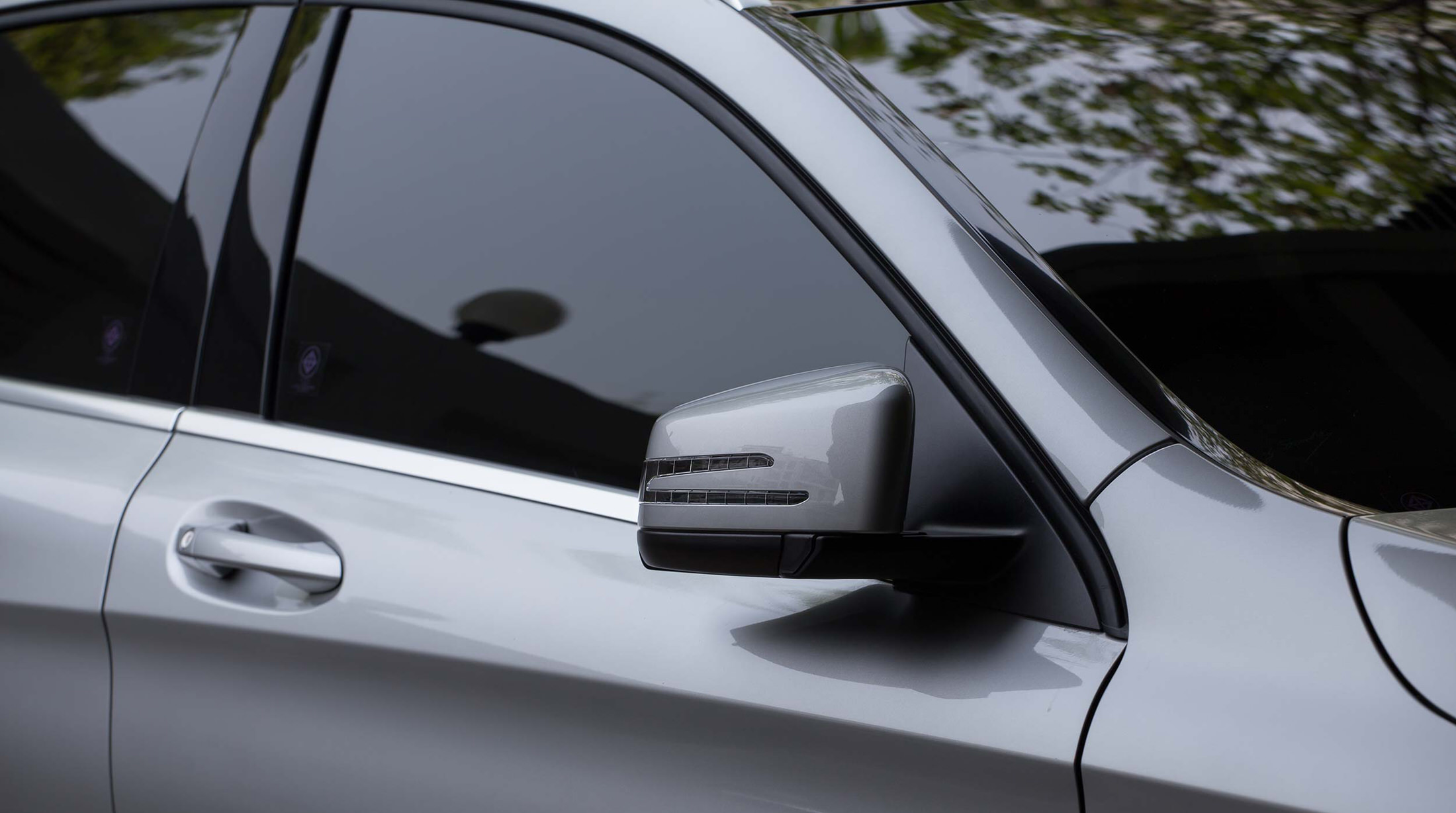Window Tinting Laws: What You Need to Know Before Tinting Your Automobile
Understanding home window tinting legislations is crucial for any type of car proprietor taking into consideration tinting their auto. Regulations differ significantly from state to state, establishing specific restrictions for Visible Light Transmission (VLT) portions, specifically for front-side windows and windscreens. Failing to adhere to these legislations can result in penalties, the need to get rid of the color, and problems with insurance policy. As you contemplate improving your vehicle's appearance and functionality, it is vital to understand not only the legal effects but also the functional factors to consider that feature picking the ideal tint. What factors should you focus on in your decision-making procedure?
Relevance of Recognizing Color Regulations
Comprehending window tinting regulations is important for car owners to make sure conformity with state guidelines. These legislations dictate the permitted levels of tint darkness and reflectivity, which can dramatically vary from one territory to another. Stopping working to stick to these laws can result in fines, compulsory elimination of the tint, and prospective issues during automobile inspections.
Furthermore, comprehending these laws helps vehicle owners make educated choices about their tinting choices. Different kinds of home window films provide various benefits, such as UV security, warmth denial, and glow reduction. Without knowledge of the legal restrictions, automobile proprietors take the chance of choosing items that may eventually lead to legal issues.
In addition, awareness of tinting laws fosters a safer driving environment. window tinting. Excessively dark colors can impair presence, increasing the danger of mishaps, particularly in the evening or in adverse climate condition. Law enforcement companies also utilize these policies to make certain road safety and security, making compliance not just a legal obligation yet an individual responsibility
State-Specific Tint Laws
Each state in the U.S. has developed its own particular regulations concerning home window tinting, showing a varied array of requirements and requirements. These laws can vary considerably, influencing just how vehicle owners come close to installation and conformity. Some states allow darker tints on rear windows while imposing rigorous limits on front-side windows.
In addition, policies typically specify permitted color products and shades. Specific states prohibit reflective tints completely, while others might allow them to a minimal level. Some jurisdictions mandate that lorries with tinted windows display a sticker showing conformity with state regulations, offering a clear recognition for law enforcement.
Enforcement of these laws also differs; some states are more proactive, carrying out random checks, while others depend on complaints or visible infractions to start enforcement. Automobile proprietors must be conscious that failing to follow state-specific color laws can bring about fines, compulsory elimination of unlawful tints, or both.

Lawful Tint Percentages
Figuring out the lawful color portions is important for car owners seeking to follow state regulations. Each state has details regulations governing how much light must pass with the home windows of Home Page a vehicle, which is expressed as a percent called Visible Light Transmission (VLT) This percent varies considerably throughout states and can depend on the type of window-- front side, back side, and windshield.
As an example, some states enable just 20% VLT on front side home windows, while others may allow as much as 50%. Windscreen tinting is usually a lot more limited, with many territories enabling just a narrow band of tint at the top of the windshield. On the other hand, rear windows generally have a lot more lax policies, with some states permitting darker colors.
It is essential for automobile owners to acquaint themselves with their regional laws to stay clear of potential legal concerns. This includes understanding exactly how VLT is measured, as it can differ based upon the kind of home window movie made use of. Staying educated concerning these guidelines makes sure compliance and advertises risk-free driving conditions for both the vehicle proprietor and others when driving.
Consequences of Non-Compliance
Falling short to stick to home window tinting legislations can lead to considerable repercussions for car proprietors. Officers trained to recognize unlawful tint levels may release penalties, which can differ by jurisdiction but typically vary from moderate to substantial amounts.

Insurance policy companies may additionally impose charges for non-compliance, as illegal modifications can be deemed a violation of policy terms. This could affect protection rates or lead to complications in claims if an event happens.
Inevitably, the consequences of non-compliance expand beyond instant punitive damages; they can impact a driver's insurance prices, legal standing, and total vehicle worth, highlighting the value of sticking to regional home window tinting laws.
Tips for Choosing Tinting Options
Comprehending the implications of non-compliance highlights the value of making informed selections when selecting window tinting choices. Firstly, acquaint on your own with your state's particular regulations regarding tint darkness and reflectivity. Each state has special policies that determine the allowable restrictions, so guarantee you stay within these guidelines to stay clear of charges.
Secondly, take into consideration the sort of tint product. Alternatives include colored, metalized, and ceramic colors, each offering varying degrees of heat denial, UV security, and resilience. As an example, ceramic colors provide exceptional warm resistance without disrupting digital tools, making them a prominent option.
Additionally, examine your main purpose for tinting. If you look for improved personal privacy, go with darker tints; however, keep in mind that this may influence visibility during the night. Conversely, if glow decrease and UV protection are your main worries, lighter colors may be enough.
Finally, talk to a professional installer that is educated about regional laws and can recommend premium materials matched to your needs (window tinting). Taking these elements into account will certainly guarantee you make a well-informed decision, ultimately improving both your automobile's aesthetics and functionality
Final Thought
To conclude, experience with window tinting laws is necessary before applying tint to a lorry. Each state imposes particular guidelines pertaining to noticeable light transmission percentages, particularly for front-side home windows and windscreens. Non-compliance can lead to significant charges, including fines and compulsory removal of non-conforming color. By understanding legal needs and picking proper tint materials, vehicle proprietors can achieve aesthetic enhancement while staying compliant with appropriate regulations. Adherence to these guidelines makes sure both safety and complete satisfaction.
Comprehending window like it tinting legislations is necessary for any type of lorry owner taking into consideration tinting their cars and truck.Recognizing window tinting laws is essential for lorry proprietors to make sure compliance with state policies. Some states permit darker tints on rear windows browse around here while enforcing rigorous limits on front-side home windows.
In comparison, back windows generally have more forgiving policies, with some states permitting darker tints. (window tinting)
In final thought, experience with home window tinting regulations is crucial prior to applying tint to an automobile.